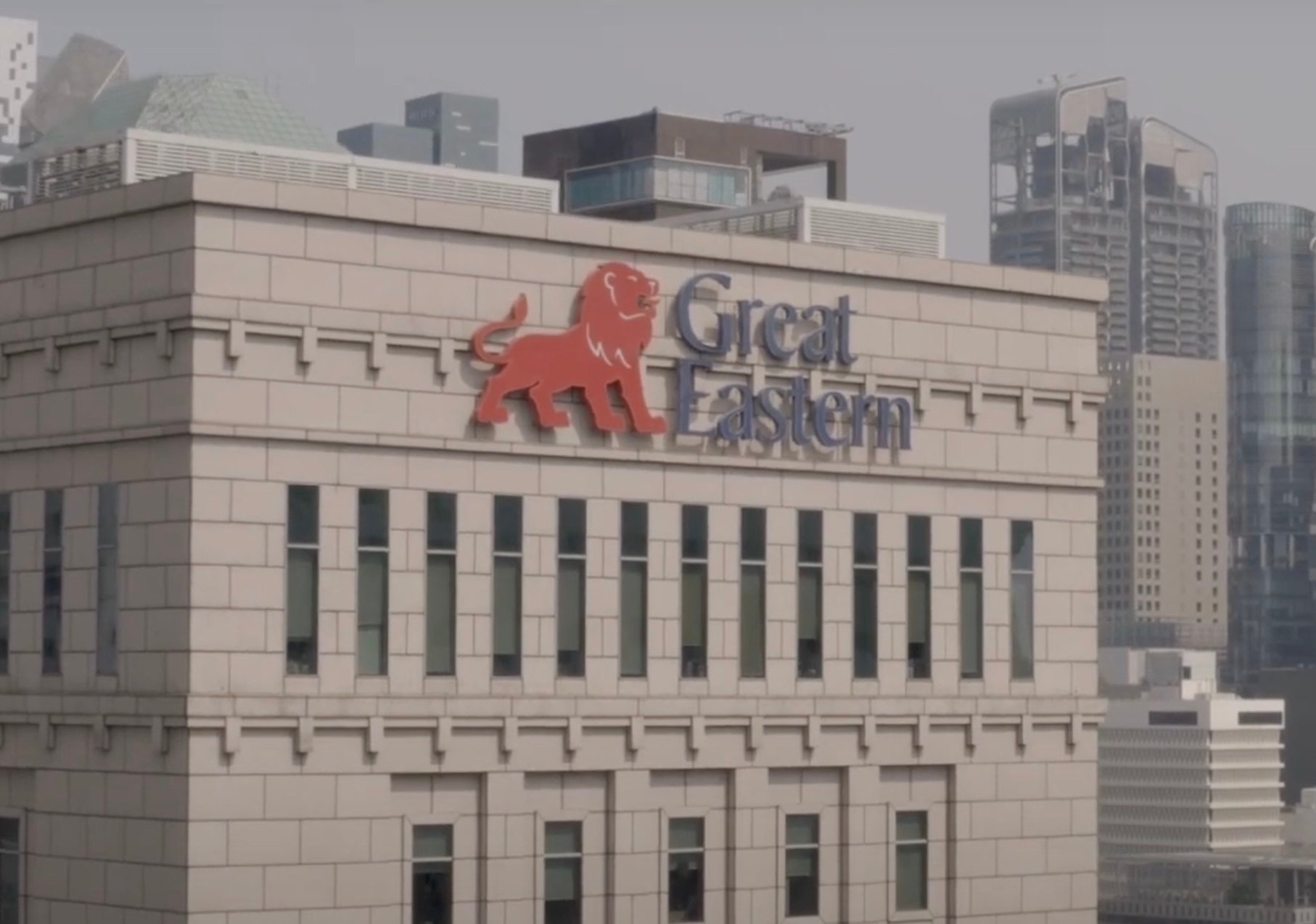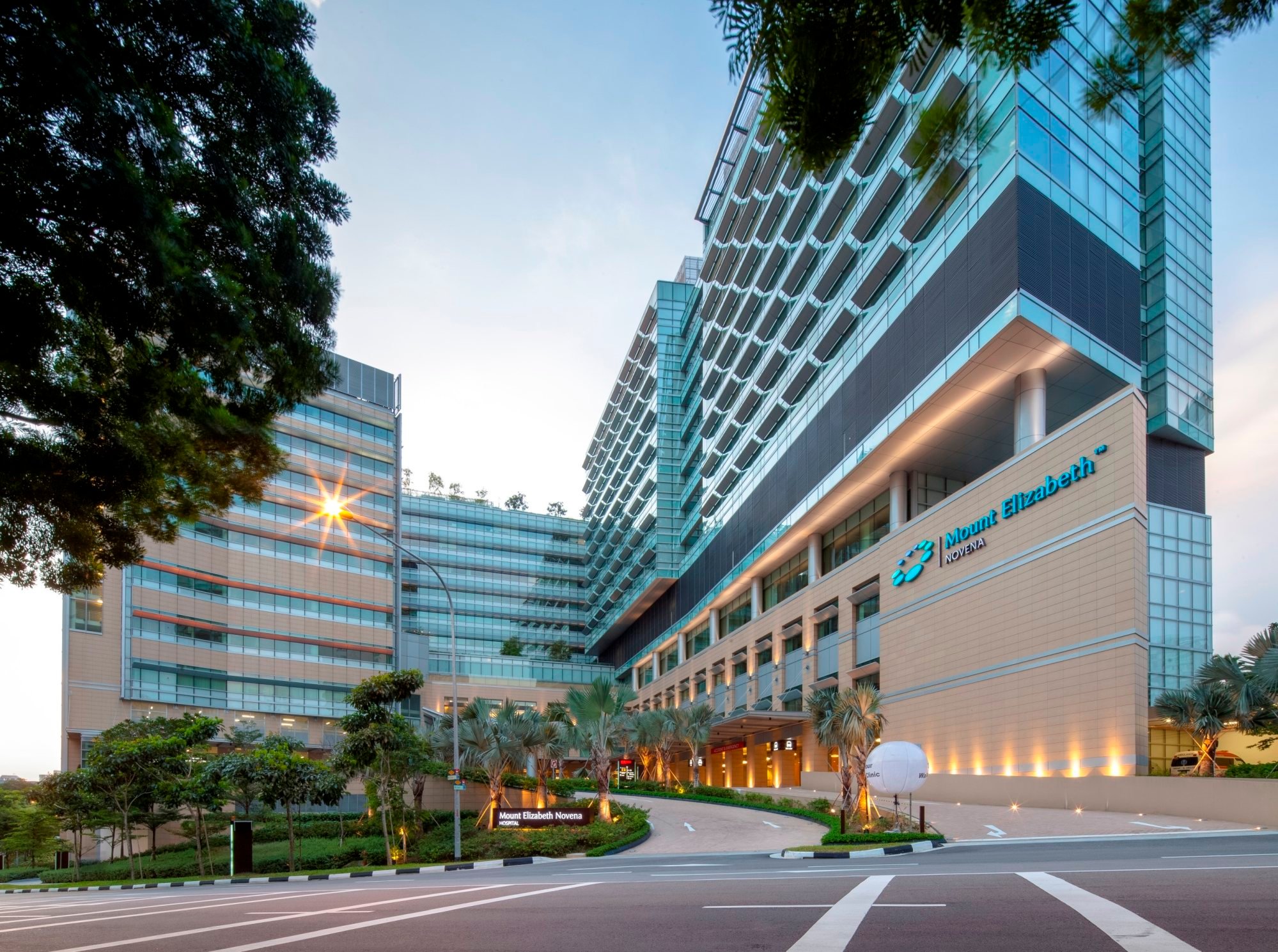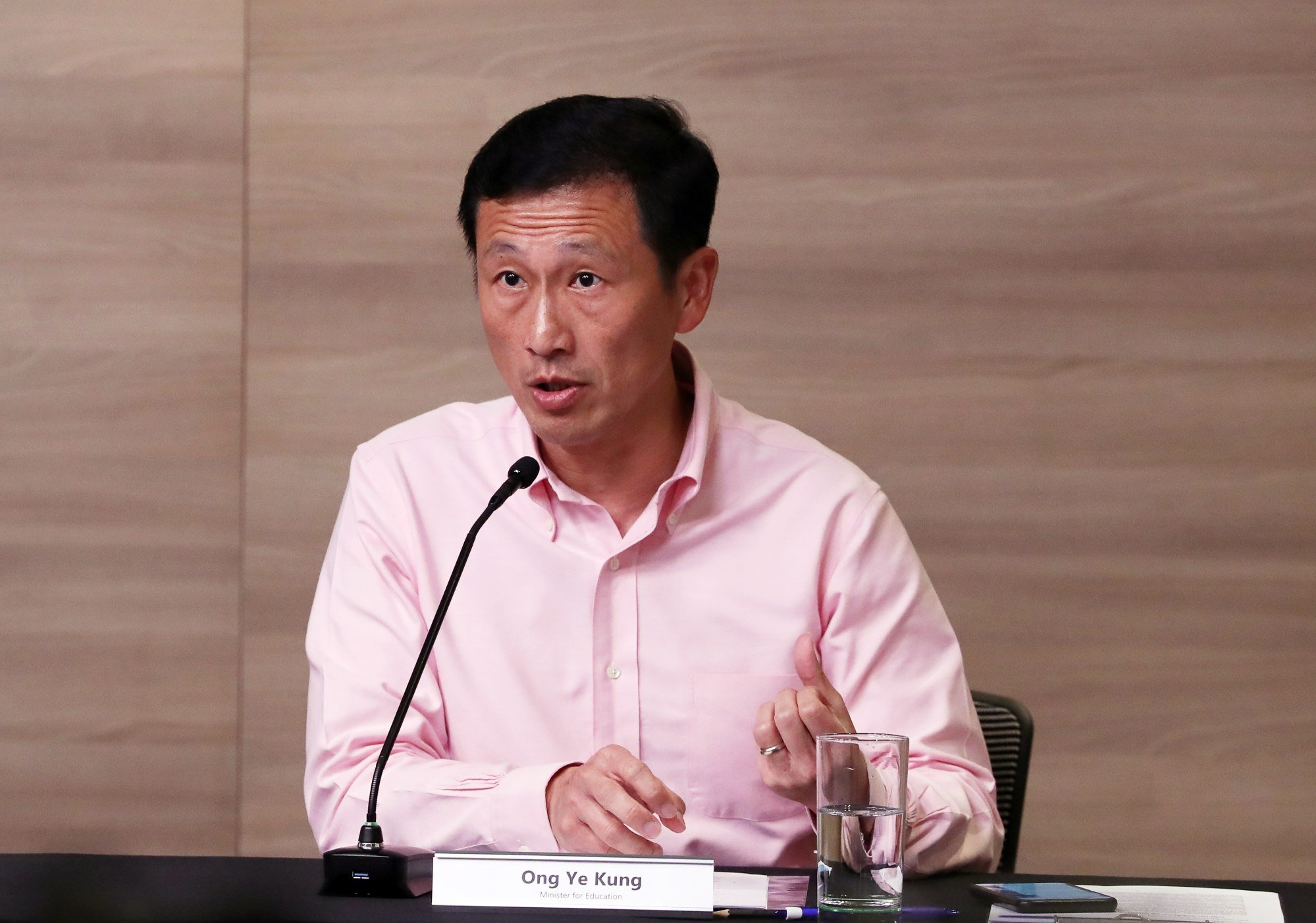Do Singapore’s insurers and private hospitals need a rethink as costs surge?
Great Eastern’s suspension of pre-treatment approval for admission to two Mount Elizabeth hospitals has sparked a debate on cost management

A major insurer in Singapore has suspended pre-treatment approval for policyholders seeking treatment in two private hospitals due to high costs, in a case that has prompted scrutiny of the city state’s reputable healthcare industry.
Great Eastern’s move has spurred industry experts to call for calibrated adjustments to the healthcare insurance system involving the key stakeholders instead of an overhaul, and greater data transparency to help policyholders make informed decisions as expenses continue to rise across the industry.
Last month, Great Eastern announced it would stop issuing pre-authorisation certificates for policyholders admitted to Mount Elizabeth hospitals in Novena and Orchard owing to what it said were high costs at the two facilities.
Pre-authorisation refers to the insurer’s approval of coverage for medical costs before treatment. The certificates minimise the upfront cash deposit needed for certain costs such as hospitalisation and surgical expenses, doctors’ fees, tests conducted in hospital and some outpatient treatments by having the insurer settle these pre-approved expenses directly with the hospital.
Without the certificates, patients may have to foot the bill for their treatments first before filing a claim with the insurer for assessment.
Great Eastern told local media it observed that over the past few years “certain private hospitals have been charging significantly more for similar treatment” and that the move was part of “ongoing efforts to manage rising healthcare costs and ensure long-term affordability for all policyholders”.
The affected hospitals, which come under IHH Healthcare, argued that they “house facilities and equipment that allow specialists to manage patients and perform surgeries that are not available at other hospitals” and catered to more complex patients, thus justifying higher charges.

Health financing in Singapore incorporates private insurance with a nationalised life insurance scheme called MediShield Life and deductions from the compulsory savings plan for working Singaporeans and permanent residents. About seven in 10 residents are currently on integrated shield plans, which offer private insurance coverage on top of MediShield Life.
Singapore placed 14th in World Population Review’s 2025 global healthcare ranking, and 13th in the 2024 World Index of Healthcare Innovation, which ranks 32 national healthcare systems on quality, choice, science and technology, and financial sustainability.
However, the affordability of healthcare insurance has become a growing issue in recent years amid rising costs.
“This is really a ‘tip of the iceberg’ situation,” Jeremy Lim, a public health specialist and chief executive of biotech start-up AMILI, told This Week in Asia, noting that both insurers and hospitals were facing surging expenses.
Insurers face cost pressures including a declining investment return, higher costs of commissions and escalating administrative expenses, Lim explained. Hospitals, meanwhile, face higher labour costs, as well as more spending on compliance, equipment and infrastructure.
Unhandled type: inline-plus-widget {“type”:”inline-plus-widget”}
“The concern for any and all of the private hospitals is the balance of power between the insurers and the providers and unrestrained ability to dictate prices. At the heart of the issue is a fundamental disconnect between the business models of the parties,” Lim said.
Insurers benefit from lower claims and lower costs per claim while the private hospitals make their money through high utilisation regardless of suitability, according to Lim. “The incongruence of business models strikes at the core of what ails the relationship and cannot be resolved in a win-win situation unless the way the parties earn their livings aligns more closely.”
Local media outlet CNA reported in March that market watchers expected more policyholders to downgrade their private insurance plans as premiums rose in tandem with MediShield Life premiums, which increased from April as the government expanded the national health insurance scheme.

Healthcare costs have been on the rise, with Health Minister Ong Ye Kung previously noting that wages had increased following a hiring spree amid the Covid-19 pandemic and that technology expenses had also been climbing.
Addressing the latest issue between Great Eastern and Mount Elizabeth hospitals last Tuesday, Ong said in a social media post that the current trend for private insurance and private healthcare was “not sustainable” and that the ministry was looking into more benchmarks for hospital charges and a new not-for-profit private hospital.
With fees in private hospitals and insurance riders climbing, there was a risk of overwhelmed public hospitals, which currently account for around 80 per cent of hospital beds in Singapore but provide care for 90 per cent of all inpatients, Ong noted.
Alex Lee, an independent actuarial consultant, noted that pre-authorisation was not a contractual obligation for insurers and not all insurers had this practice. It is applicable only for selected hospitals when it is deemed that the benefit of doing so exceeds the risk of facing an unexpectedly large bill once pre-authorisation is granted.
“It is therefore understandable that pre-authorisation is withdrawn if an insurer assesses that the risk-reward trade off no longer holds,” Lee said.
He noted that according to returns filed with Singapore’s central bank, insurers offering integrated shield plans run a 0.5 per cent profit margin on such long-term health insurance business over the past 10 years and argued that they were low-cost gatekeepers for policyholders.
“Great Eastern’s ceasing to issue pre-authorisation to selected hospitals should be seen as one of the many cost control measures that insurers are taking. Entering into partnership agreements with hospitals is another alternative approach to negotiate better prices for policyholders,” Lee said.

The insurer told local media that in light of the fee benchmarks for private healthcare professionals, which were introduced in 2018, high costs incurred at private hospitals are not caused by doctors overcharging but likely a result of hospital charges.
Hospital charges refer to non-treatment fees including bed charges, laboratory tests, medical devices and medication.
Health economist Phua Kai Hong, an honorary fellow at the National University of Singapore, noted that going by what had happened over the past few months, supply side costs including doctor fees, medication and medical devices were driving up costs for private healthcare players to unsustainable levels.
“In the industry there are no limits,” said Phua, who was on the health ministry’s advisory committee for fee benchmarks. “If things carry on like this, it could lead to unrestrained demand [and] profiteering and hospitals doing a lot of unnecessary things to induce demand.”
Fundamentally, Phua noted that the health industry was run like a business and costs of doing business in Singapore were increasing, and restraints on the demand and supply side would be required as such.
While healthcare insurance did have its faults, there was no need for its overhaul and tweaks should be done to ensure more transparency and for consumers to know which products would suit their needs best, experts said.
“In the current form, there is clear market failure and hence intervention is worth seriously looking at. However, what form this takes needs to be carefully considered,” said Lim, stressing his support for the market to adjust itself and work better before considering more extreme heavy-handed measures.
He argued for more transparency around facility fees and the ability for insurers and consumers to “shop” around. The insurance industry should also be allowed to pool their data so that all can benefit from better comparisons and more data-driven negotiation and decision-making.
On the insurance side, Lee said more efforts were needed to help policyholders identify appropriate health insurance plans where they could share the same risk pool with others with similar budgets and attitudes towards healthcare spending.
“Health insurance is still a crucial tool to provide the population a safety net against being hit by catastrophic healthcare costs. Staying true to this objective … will help keep the system more sustainable,” Lee said.
Lim urged stakeholders not to waste a good crisis. “With the general election over [and] the world looking economically more volatile and livelihoods getting challenged, this is an opportunity to take some tough decisions and course correct some of the excesses that have occurred and built up over the years,” he said.